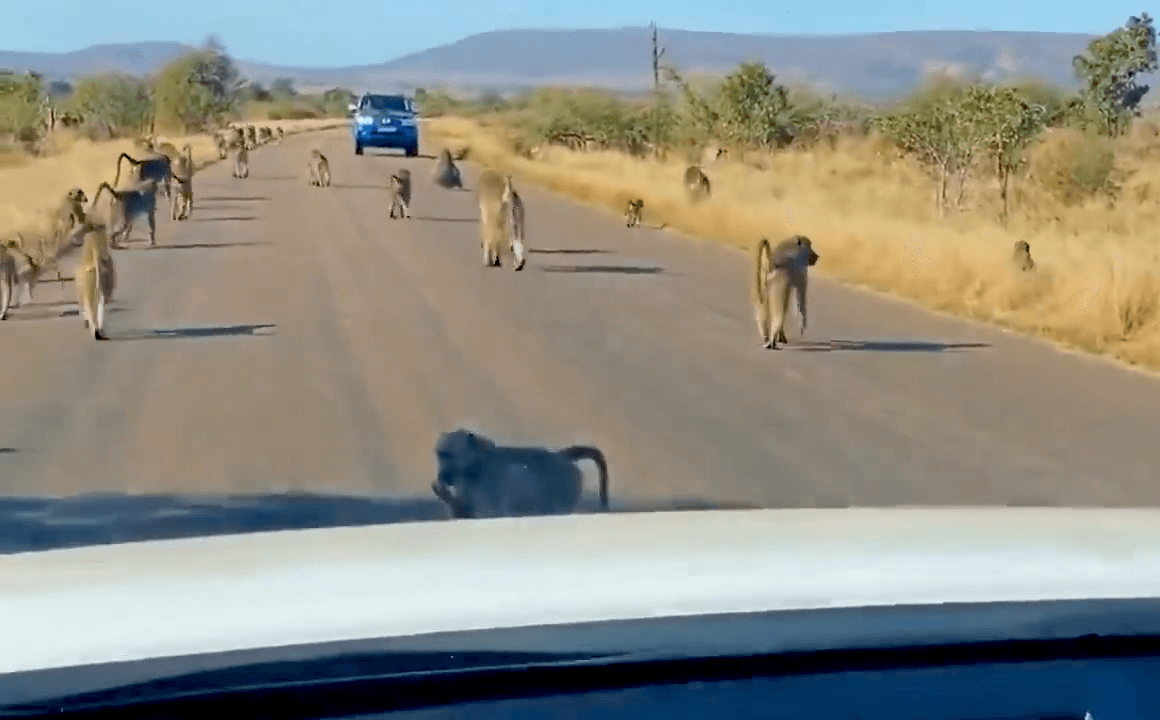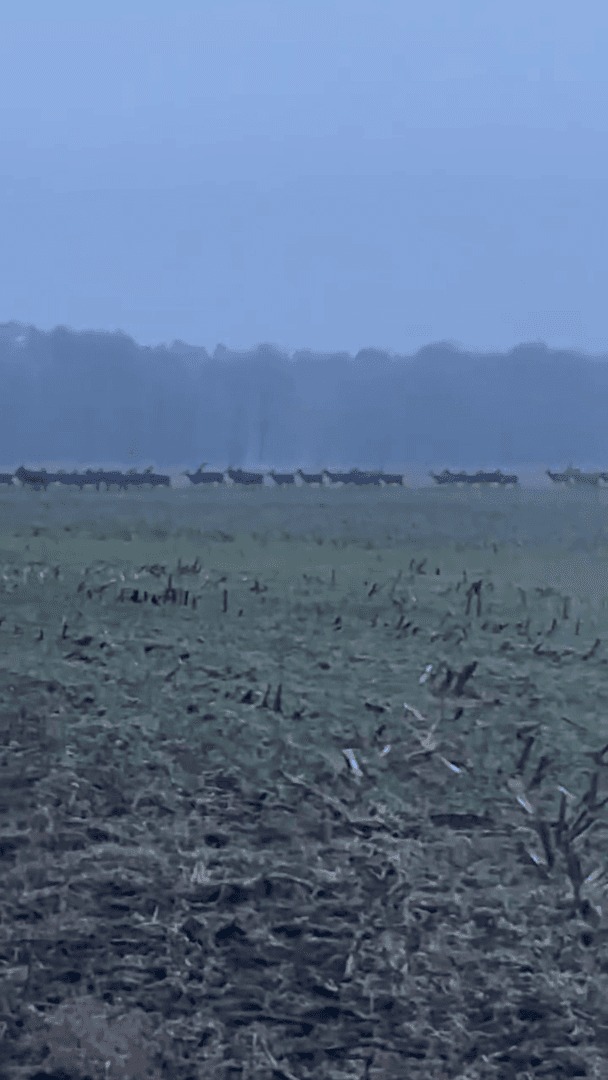
Hunting Periods and Local Rules in Setesdal Valley: Species You Can Hunt Throughout the Year, Seasonal Activity of Game, and the Steps to Get a Legal Hunting License in the Region Setesdal Valley, a gem of Norway’s wilderness, offers hunters breathtaking landscapes and rich wildlife. But before heading out, it’s crucial to know the hunting seasons, regulations, and best periods for a successful hunt. This guide covers everything from regional hunting timetables and prime seasons to licensing, restrictions, and expert tips for a lawful and rewarding experience. Regional Hunting Timetables and Rules in Setesdal Valley Hunting in Setesdal Valley is governed by strict seasonal regulations established by Norwegian authorities to ensure sustainable wildlife management and conservation. The valley’s mountainous terrain and variable climate significantly influence the timing of hunting seasons, with some areas opening later due to persistent snow cover. Compared to neighboring regions, Set
Post: 20 August 14:33
















































